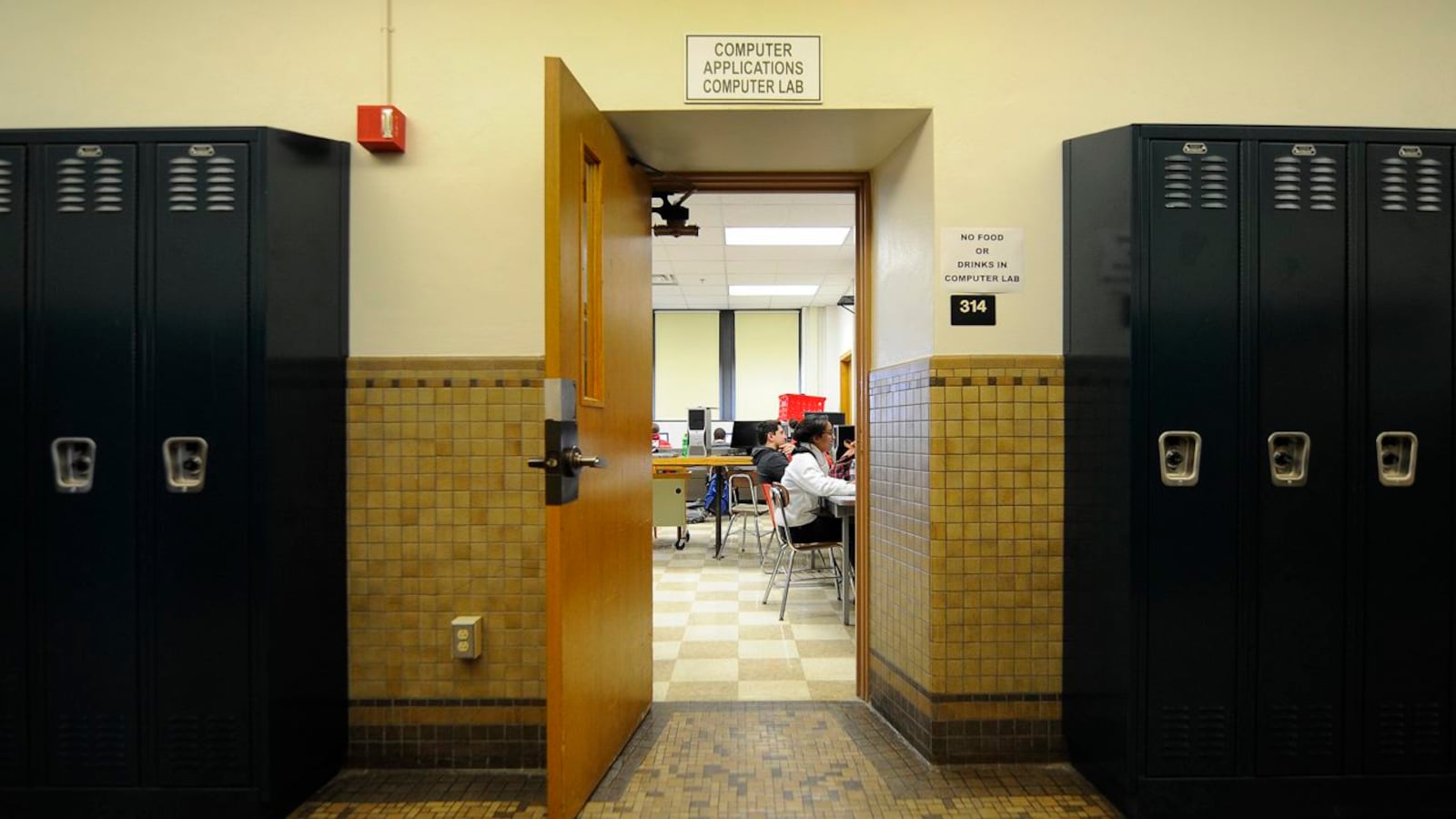Indianapolis’ largest school district will only make a few changes to the rules that govern how much money schools get next year. But some schools, including those that serve many undocumented students, could get less money.
New guidelines that will help determine how much money schools get for 2018-2019 were approved by the Indianapolis Public Schools at a meeting Thursday, with every member present voting in favor. It’s the second year budgets will be crafted using a new approach that is supposed to tie funding to student needs instead of the programs schools offer. The aim is to give principals more control over their school budgets and send extra money to schools based on how many poor students they educate.
But a change in the rules could result in schools receiving less money to educate poor students next year. The district will continue to award schools $500 per student to help educate poor children. Instead of basing that funding on how many students at each school are poor enough to receive free or discounted meals, however, the district will count students from families who qualify for food stamps and welfare programs, and students in foster care.
That’s the same metric the state started using to determine poverty aid for districts in 2015. Chief financial manager Weston Young said the district is making the switch because it is a more reliable measure of poverty and many families in the district do not submit the paperwork to qualify for subsidized meals.
The district will be giving schools less money overall to help educate poor students because some students who qualify for meal assistance don’t qualify for those state benefits, Young said. Primarily, that includes undocumented students. But because the state is giving schools more money for students who are learning English, the district believes those funds will help make up the loss, he said.
“We believe dollars are still going towards the need, they are just not reflected in the formula,” Young said.
Another change could mean that schools that have historically received extra funding will lose more money next year. The district doubled the amount of money that schools might lose, meaning their budgets could be cut as much as $260,000. If a school is expected to lose more than that, it would receive extra cash from the district.
Preventing schools from losing too much money in one year is just one way the district has limited the impact of the new budgeting approach. As Chalkbeat reported last month, district leaders have made several decisions that mute the changes, and some schools with lots of poor students are still getting shortchanged. The district is also sending millions of extra dollars to magnet programs that attract middle-class families.
District leaders told Chalkbeat they did not want to transition too swiftly because it could be hard for schools to adapt. They emphasized that the board could adjust the rules each year and potentially send more money to high-poverty schools.
“I anticipate that we will adjust each year, so as we learn from each year’s implementation, we will continue to make adjustments,” said Superintendent Lewis Ferebee.
Ultimately, district leaders see the new funding approach as one piece of a larger district push to give principals more freedom to decide how schools run. Young said that because the funding model is still new, the district is focused on training principals.
“There’s a lot of dollar changes,” he said. “What we are trying to do is … get in front of principals and teach them how to best use those dollars.”

